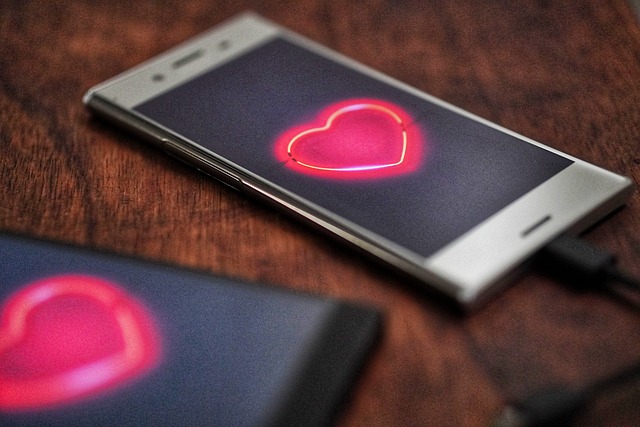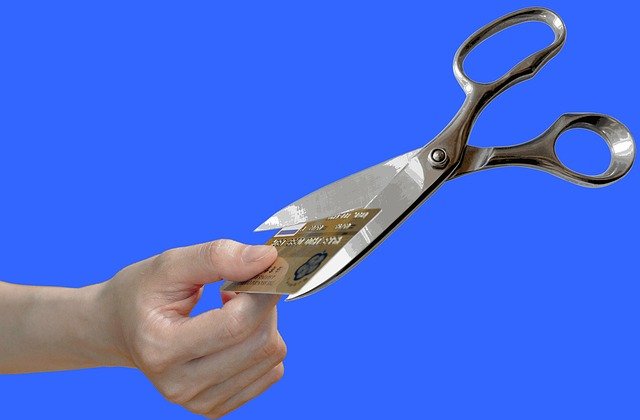Rethinking Beauty: The Popularity and Science of Botox
Botox, also known as Botulinum toxin, has had a fascinating journey over the years. This potent neurotoxin, produced by the bacterium Clostridium botulinum, was first identified in the late 19th century. Initially linked to food poisoning, it took nearly a century to fully understand its potential. In the late 1980s, the FDA approved its therapeutic use for treating eye muscle disorders. It was only in 2002 that the FDA also approved Botox for cosmetic use to temporarily improve the appearance of moderate to severe frown lines. Since then, the use of Botox in beauty treatments has exploded, making it a staple in the world of cosmetic surgery and aesthetic medicine.

Contemporary Relevance and Ubiquity of Botox
Today, Botox is one of the most popular non-surgical cosmetic treatments worldwide. Its usage has transcended geographical and socio-economic boundaries, reaching a diverse population of beauty enthusiasts. Its popularity is largely due to its ability to help people achieve a youthful appearance without undergoing invasive procedures. Botox injections can smooth wrinkles, reduce frown lines, and even lift the brow, giving the face a fresher, more youthful look.
The pandemic has also led to an unexpected surge in Botox treatments. As more people spend time on virtual meetings, there’s been an increased focus on personal appearance. This phenomenon, often referred to as the “Zoom effect”, has led to a significant rise in Botox treatments, making it more relevant than ever.
The Science Behind Botox and Its Impact
At its core, Botox is a neurotoxin that works by blocking nerve signals in the muscles where it is injected. This causes temporary muscle paralysis, which in turn reduces the appearance of facial wrinkles. Interestingly, the use of Botox has also expanded beyond cosmetic applications. It’s being used to treat various medical conditions like chronic migraines, excessive sweating, and even certain bladder disorders.
The impact of Botox extends beyond the physical. It has been observed that Botox treatments can have psychological benefits as well. For many, the improved physical appearance leads to enhanced self-confidence and self-esteem, which positively impacts their overall mental well-being.
The Reception and Perception of Botox
Despite its popularity, Botox has not been without controversy. Critics argue that it promotes an unrealistic standard of beauty, contributes to ageism, and can lead to a loss of facial expressiveness. However, proponents of Botox counter these arguments by pointing out the autonomy it provides individuals over their appearance, and the positive psychological effects it can have.
The perception of Botox has also evolved over time. Once viewed as a treatment reserved for the affluent and the famous, it has now become increasingly accessible to a broader demographic. This democratization of Botox has helped to normalize its use and remove some of the stigma associated with cosmetic treatments.
Unique Insights: Botox and the Future of Beauty
As the world of beauty continues to evolve, so does the role of Botox. With advancements in medical aesthetics, there’s been growing interest in “preventative Botox.” This is the practice of using Botox treatments in younger individuals to prevent the formation of wrinkles in the first place. While this approach is still a topic of debate among experts, it indicates the innovative ways in which Botox is being used.
Botox’s journey is a testament to the dynamic nature of the beauty industry. Its popularity and widespread use underscore our society’s ongoing desire for youthfulness and the lengths we’re willing to go to achieve it. As we continue to redefine our standards of beauty, Botox will undoubtedly continue to play a significant role in shaping these conversations.




